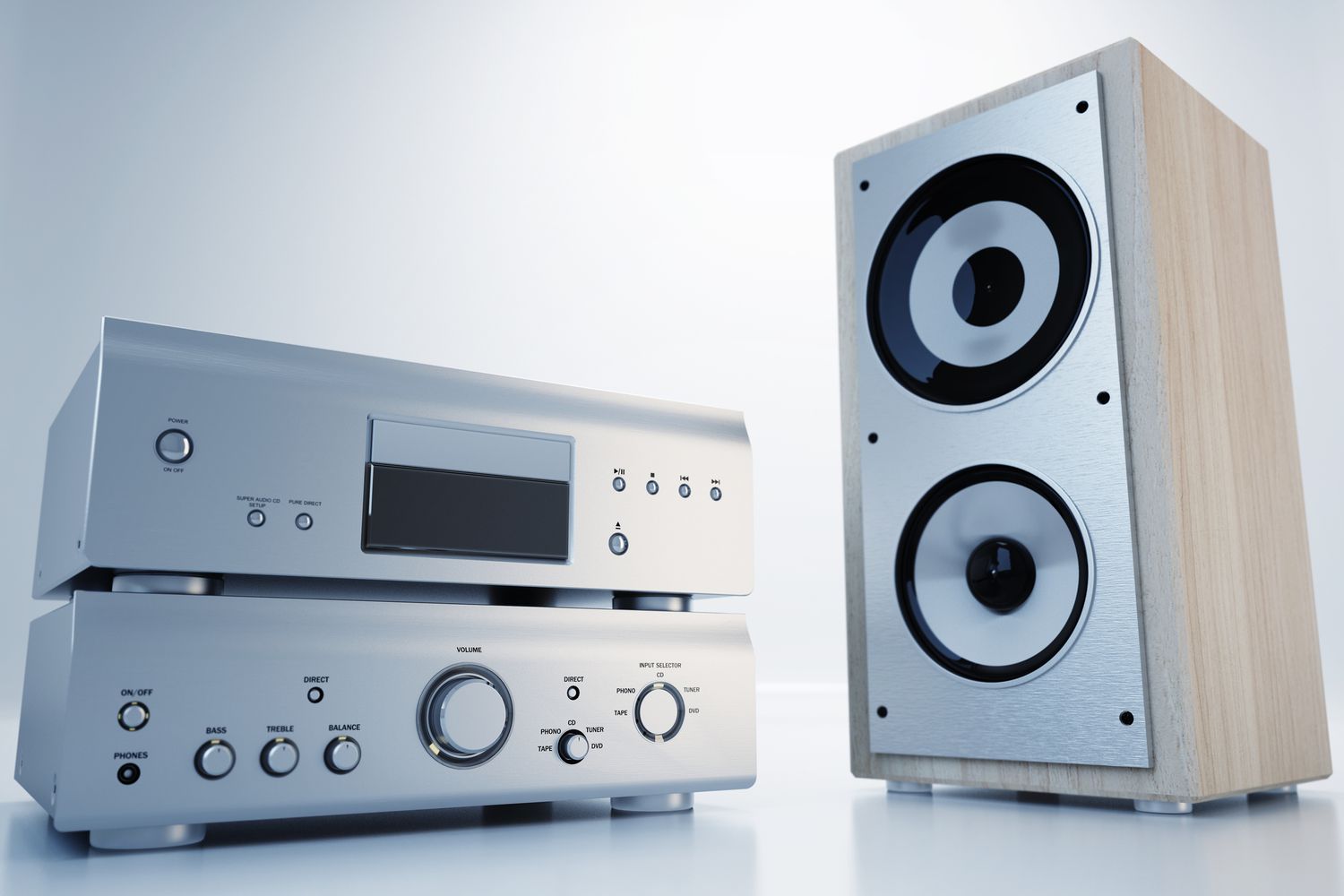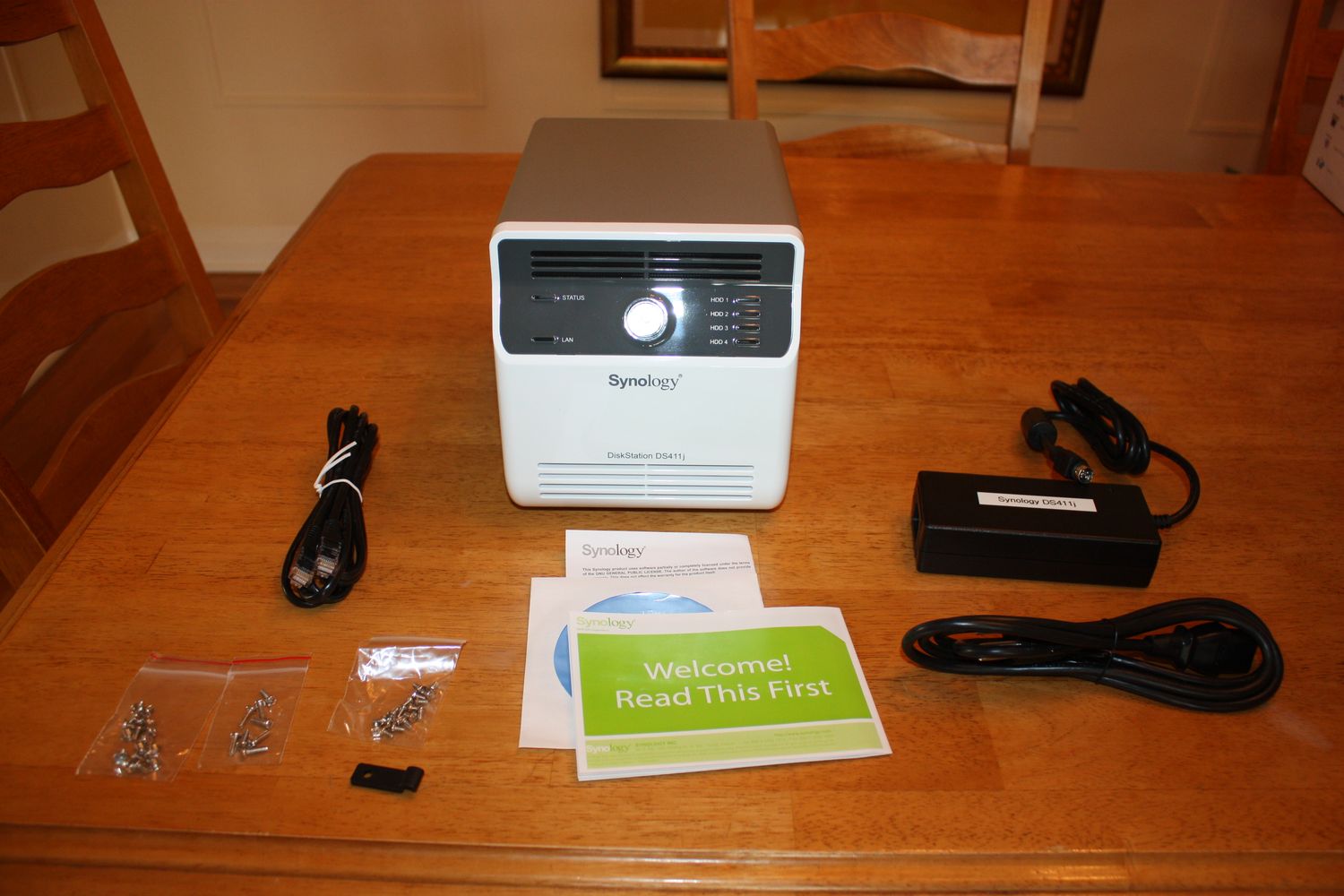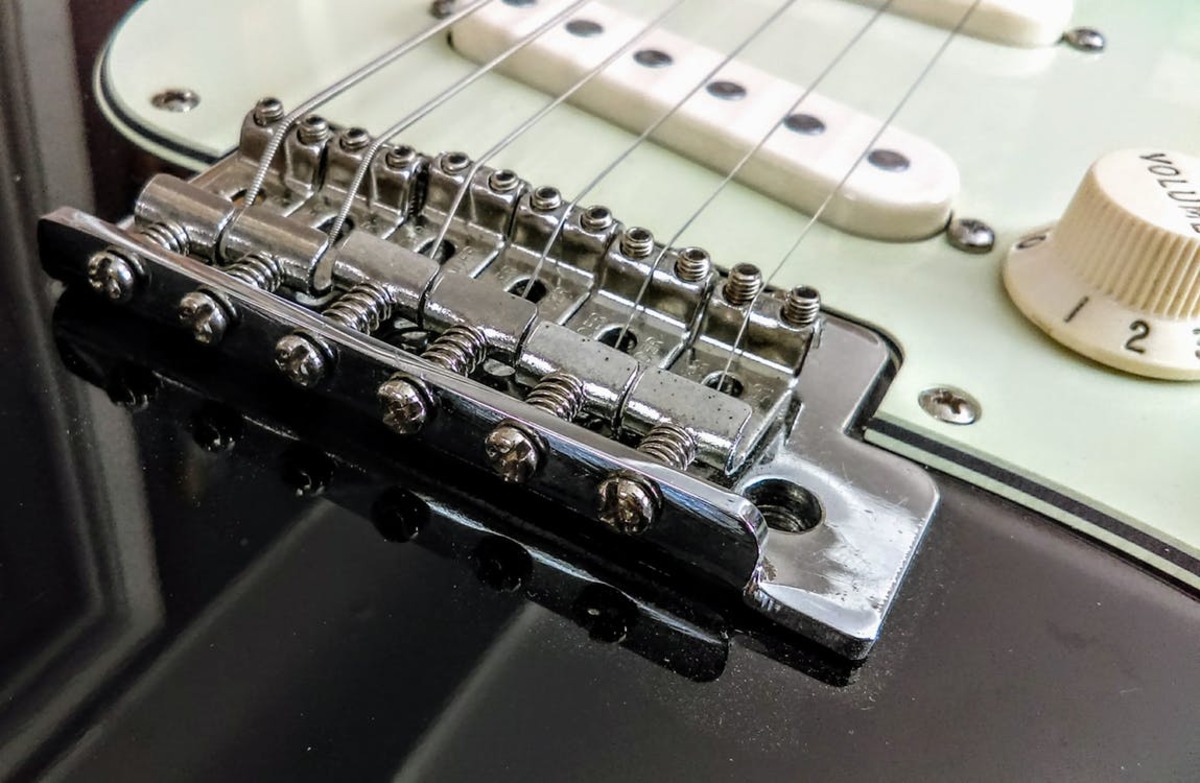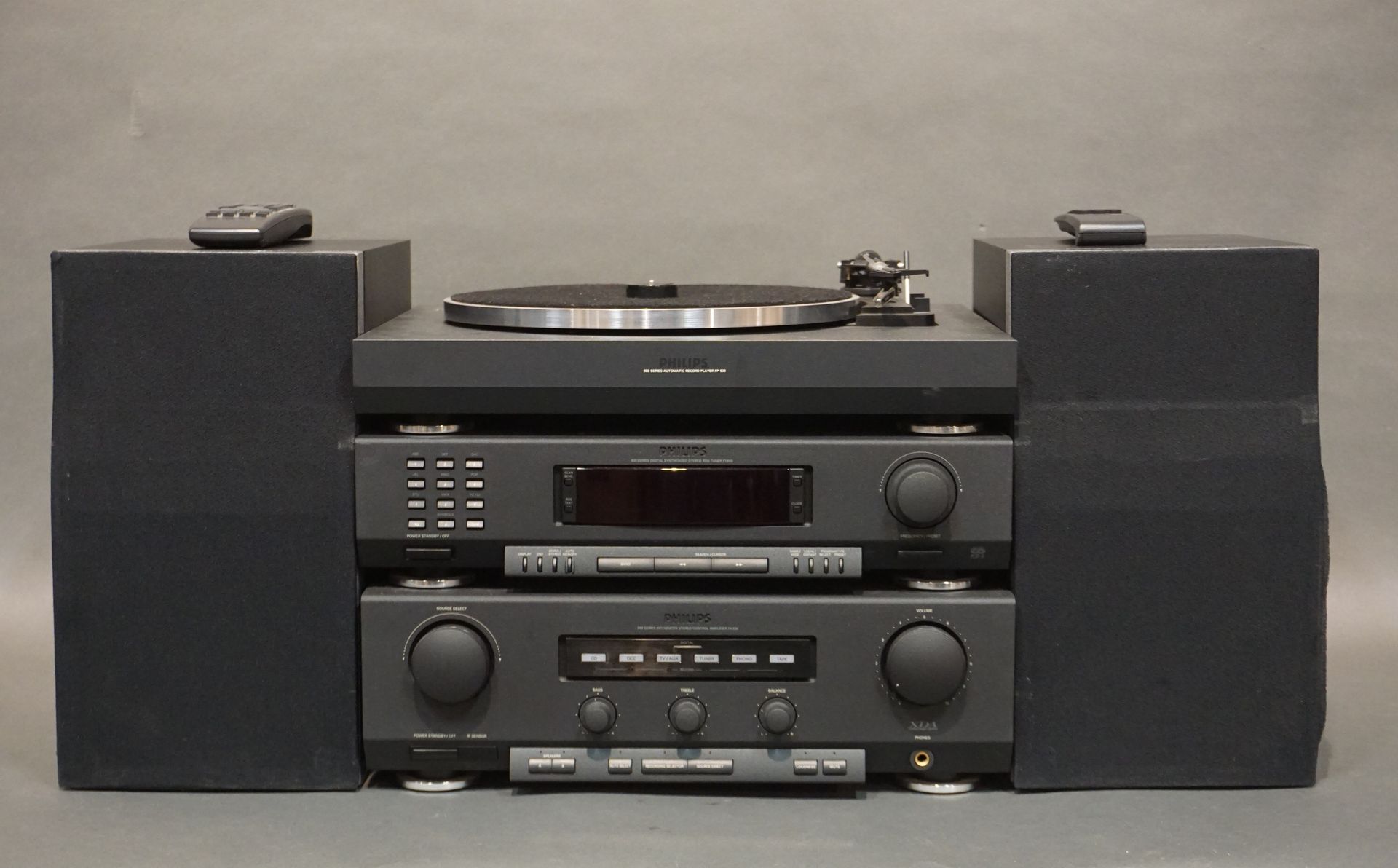Home>Production & Technology>Stereo>How To Bridge A Stereo Amplifier To Mono
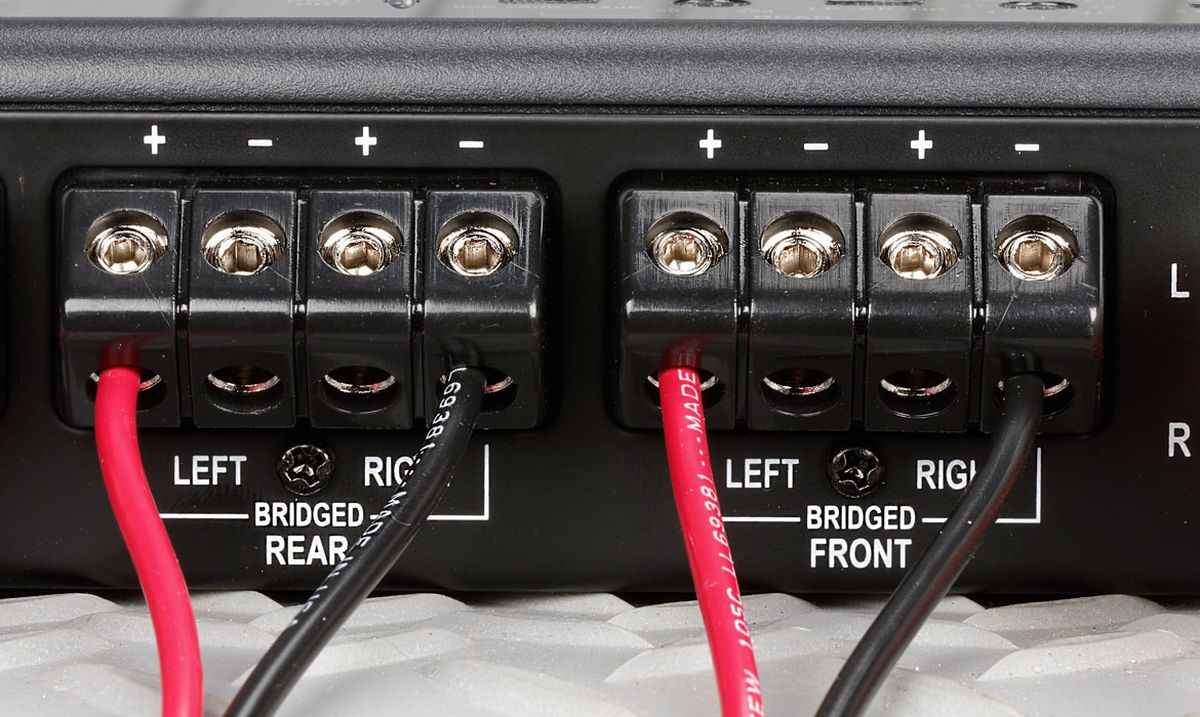

Stereo
How To Bridge A Stereo Amplifier To Mono
Published: November 17, 2023
Learn how to bridge a stereo amplifier to mono and optimize your audio setup. Increase the power output and enhance your stereo listening experience!
(Many of the links in this article redirect to a specific reviewed product. Your purchase of these products through affiliate links helps to generate commission for AudioLover.com, at no extra cost. Learn more)
Table of Contents
Introduction
Welcome to the world of audio enthusiasts, where the quality of sound is paramount. If you are a music lover, a home theater aficionado, or a professional in the audio industry, you understand the significance of a powerful and clear sound system. One essential component of any sound setup is the amplifier, which amplifies and enhances the audio signals.
When it comes to amplifiers, there are different types available, including stereo and mono amplifiers. A stereo amplifier is designed to handle two channels of audio, providing a separate signal for the left and right speakers. On the other hand, a mono amplifier is designed to handle a single channel of audio, combining the left and right signals into a single output.
However, there may be instances where you need to connect a stereo amplifier to a mono speaker configuration. This is called bridging a stereo amplifier to mono. By doing so, you can achieve the desired loudness and power output while maintaining the integrity of the audio signals.
In this article, we will delve into the world of bridging a stereo amplifier to mono. We will explore the benefits of this setup, precautions to consider, and provide a step-by-step guide on how to bridge a stereo amplifier to mono. So, if you are ready to elevate your audio experience, let’s dive in!
Understanding Stereo and Mono Amplifiers
Before we dive into the process of bridging a stereo amplifier to mono, it’s important to understand the difference between stereo and mono amplifiers. This knowledge will help you make informed decisions when setting up your audio system.
A stereo amplifier is designed to handle two channels of audio, typically producing a left and right output. This allows for a more immersive audio experience, as the sound can be spread across two separate speakers. Stereo amplifiers are commonly used in home theaters, car audio systems, and music production studios, where stereo separation is desired to create a more spatial soundstage.
On the other hand, a mono amplifier is designed to handle a single channel of audio. It combines the left and right audio signals into a single output, which is useful for powering a single speaker or a subwoofer. Mono amplifiers are often utilized in sound reinforcement systems, DJ setups, and live music venues.
It’s important to note that not all amplifiers can be bridged from stereo to mono. Some amplifiers are specifically designed to allow bridging, while others are not. It is crucial to consult the manufacturer’s specifications and guidelines to ensure that your amplifier is capable of being bridged.
When considering whether to bridge a stereo amplifier to mono, there are a few factors to consider, such as the power requirements of your speakers and the specific audio setup you are aiming to achieve. Bridging a stereo amplifier to mono can provide higher power output, allowing for greater volume levels and increased speaker performance.
However, it’s important to keep in mind that bridging a stereo amplifier to mono may affect the impedance requirements of your speakers. Impedance is the measure of opposition to electrical current flow and is typically marked in ohms (Ω). Different speakers have different impedance ratings, and connecting speakers with incompatible impedance can result in damage to your amplifier or speakers.
Now that we have a better understanding of stereo and mono amplifiers, let’s explore the benefits of bridging a stereo amplifier to mono in the next section.
Benefits of Bridging a Stereo Amplifier to Mono
Bridging a stereo amplifier to mono can offer several advantages in certain audio setups. Let’s explore some of the benefits that come with this configuration:
1. Increased Power Output: By bridging a stereo amplifier to mono, you combine the power output of both channels, effectively doubling the power delivered to the speakers. This increased power can result in a louder and more dynamic audio experience.
2. Improved Speaker Performance: Mono amplification allows for better control and distribution of power to the speakers, leading to improved performance. It ensures that both speakers receive the same power output, preventing any imbalances in sound quality.
3. Better Bass Response: Bridging a stereo amplifier to mono can enhance the low-frequency response of your audio system. Since bass frequencies are typically reproduced by a subwoofer or a single speaker, the combined power of a bridged amplifier can deliver deep, punchy bass reproduction.
4. Cost-Effective Solution: If you already have a stereo amplifier and want to power a mono speaker or subwoofer, bridging eliminates the need to invest in a separate mono amplifier. This can save you money and allow you to optimize your existing audio equipment.
5. Flexibility in Speaker Configuration: Bridging a stereo amplifier to mono provides greater flexibility in speaker configuration. You can connect multiple mono speakers or subwoofers to a single bridged amplifier, allowing for a customized setup tailored to your specific audio needs.
However, it is crucial to note that bridging a stereo amplifier to mono may have some limitations and considerations. It is important to understand these factors to ensure optimal performance and prevent potential damage to your audio equipment. Let’s explore these precautions in the next section.
Precautions and Considerations
While bridging a stereo amplifier to mono can offer benefits, it’s important to take certain precautions and considerations to ensure a safe and optimal audio setup. Here are some key factors to keep in mind:
1. Impedance Matching: Ensure that the impedance rating of your speakers is compatible with bridging. Improper impedance matching can result in damage to your amplifier or speakers. Consult the manufacturer’s specifications to determine the appropriate impedance requirements.
2. Power Handling: Be aware of the power handling capabilities of your speakers. Bridging a stereo amplifier to mono can deliver higher power output, so ensure that your speakers can handle the increased power to prevent overload and damage.
3. Amp Compatibility: Not all stereo amplifiers are designed to be bridged to mono. Check the manufacturer’s guidelines to ensure that your amplifier supports bridging and follow their recommended procedures for doing so.
4. Heat Dissipation: Bridging a stereo amplifier can generate more heat due to the increased power output. Ensure that your amplifier has sufficient ventilation and airflow to prevent overheating. Consider using additional cooling measures like fans or heat sinks if necessary.
5. Cable Connections: Use appropriate cables and connectors to ensure a secure and clean connection between the amplifier and the speakers. Loose or improper connections can result in signal loss or distortion.
6. Testing and Monitoring: After bridging the amplifier, carefully monitor the audio levels and conduct thorough testing. Keep an eye on any potential distortion, clipping, or overdriving of the speakers. Adjust the amplifier settings accordingly to achieve the desired sound quality.
7. Warranty Considerations: Lastly, be aware that bridging a stereo amplifier to mono may void the manufacturer’s warranty. Check the warranty terms and conditions before attempting any modifications to your amplifier.
By taking these precautions and considerations into account, you can ensure a safer and more optimized audio setup when bridging your stereo amplifier to mono. Next, we will dive into the step-by-step process of bridging a stereo amplifier to mono.
Steps to Bridge a Stereo Amplifier to Mono
Now that you understand the benefits and precautions of bridging a stereo amplifier to mono, let’s delve into the step-by-step process of achieving this configuration:
1. Read the Manual: First and foremost, consult the manufacturer’s manual for your stereo amplifier. Make sure it supports bridging and follow any specific instructions provided to ensure compatibility and prevent damage.
2. Power Off: Before making any connections, turn off the power to your stereo amplifier and disconnect it from the power source. This will prevent any potential electrical accidents during the process.
3. Identify Bridging Terminals: Locate the bridging terminals on your stereo amplifier. These are specific terminals dedicated to bridging, usually labeled as “Bridge,” “Mono,” or “Bridged Output” in the manual or the back panel of the amplifier. Consult the manual to confirm their exact location.
4. Connect the Speakers: Connect the speakers or subwoofer to the bridged output terminals of the amplifier. Use appropriate speaker cables and connectors for a secure and clean connection. Ensure that the positive and negative terminals of the speakers match the corresponding terminals on the amplifier.
5. Bridge the Amplifier: Use a short length of speaker wire to connect the positive terminal of one channel (typically the right channel) to the positive terminal of the other channel (typically the left channel). Then, connect the negative terminal of one channel to the negative terminal of the other channel. This effectively bridges the amplifier to mono.
6. Check Impedance: Verify that the impedance of the connected speakers matches the requirements for bridging. Ensure that the total impedance does not fall below the minimum recommended value specified by the amplifier’s manual. Incorrect impedance matching can result in damage to the amplifier or speakers.
7. Power On and Test: Once all the connections are in place, power on the amplifier and start playing audio. Monitor the sound output and make any necessary adjustments to the amplifier’s settings to achieve the desired audio performance. Test the system thoroughly to ensure proper functionality and sound quality.
Remember, each amplifier may have slight variations in the bridging process, so it’s vital to consult the manufacturer’s manual and follow their specific instructions. By following these steps carefully, you can successfully bridge your stereo amplifier to mono and enjoy the benefits of a powerful, harmonious audio setup.
Next, let’s explore some testing and troubleshooting techniques to ensure optimal performance.
Testing and Troubleshooting
After bridging your stereo amplifier to mono, it’s essential to test and troubleshoot your setup to ensure optimal performance. Here are some key steps to follow:
1. Audio Quality Check: Start by playing various audio tracks to evaluate the sound quality. Listen for any distortion, clipping, or unbalanced audio. Adjust the amplifier’s gain and volume controls to achieve the desired sound without any compromise in quality.
2. Bass Response: Pay close attention to the bass response of your audio system. Ensure that the bridged amplifier accurately reproduces deep bass frequencies without muddiness or distortion. Fine-tune the settings on your amplifier or subwoofer if necessary to achieve a well-defined bass response.
3. Speaker Protection: Keep an eye on the temperature of your amplifier during operation. If it becomes excessively hot, consider implementing additional cooling measures like fans or heat sinks to prevent overheating and potential damage to the amplifier.
4. Impedance Stability: Monitor the impedance of your speakers to ensure stability during playback. Any fluctuations or instability in impedance may indicate a wiring issue or a mismatch between the amplifier and speakers. Double-check all the connections and consult the manufacturer’s specifications for proper impedance handling.
5. Noise and Grounding: Listen for any unwanted noise, hum, or grounding issues. Ensure that all cables and connectors are tightly connected and properly shielded to minimize interference. If noise persists, consider using higher-quality cables and checking the grounding of your audio system.
6. Balance and Imaging: Test the stereo imaging and balance of your speakers. Make sure that the bridging hasn’t affected the overall balance and that the sound is evenly distributed across the listening area.
7. Overall System Integration: Evaluate the integration of your bridged amplifier with the rest of your audio system. Ensure that the overall sound coherence and synergy between components are maintained. Adjust settings on other devices, such as equalizers or crossovers, if necessary to achieve the desired audio performance.
If you encounter any issues during the testing process, it’s important to troubleshoot them systematically. Check all the connections, consult the amplifier’s manual and troubleshooting guide, and consider seeking assistance from professional audio technicians or the manufacturer’s support team if needed.
By thoroughly testing and troubleshooting your bridged amplifier setup, you can fine-tune and optimize your audio system to deliver the best possible sound experience.
After considering all the aspects of bridging a stereo amplifier to mono, let’s conclude our article.
Conclusion
Bridging a stereo amplifier to mono can be a beneficial solution for audio enthusiasts looking to achieve higher power output and optimize speaker performance. By combining the power output of both channels, you can enjoy louder sound, improved bass response, and increased flexibility in speaker configuration.
However, it’s important to approach bridging with caution and follow the necessary precautions. Ensure that your amplifier supports bridging and that the impedance requirements are met to prevent damage to your amplifier or speakers. Take the time to carefully connect the speakers, bridge the amplifier, and test the setup to ensure optimal performance.
By following the step-by-step process and performing thorough testing and troubleshooting, you can achieve a seamless and harmonious audio system. Whether you’re setting up a home theater, a DJ system, or a sound reinforcement setup, bridging a stereo amplifier to mono can provide the power and versatility you need.
Remember to consult the manufacturer’s manual and guidelines for your specific amplifier model to ensure compatibility and warranty considerations. If you’re unsure about the process or encounter any difficulties, don’t hesitate to seek assistance from professionals in the audio industry.
So, go ahead and explore the possibilities of bridging your stereo amplifier to mono. Enjoy the enhanced sound quality, increased power, and immersive audio experience that this configuration can offer. Elevate your music listening, movie-watching, or live performance setup to new heights and immerse yourself in the world of high-quality audio!

